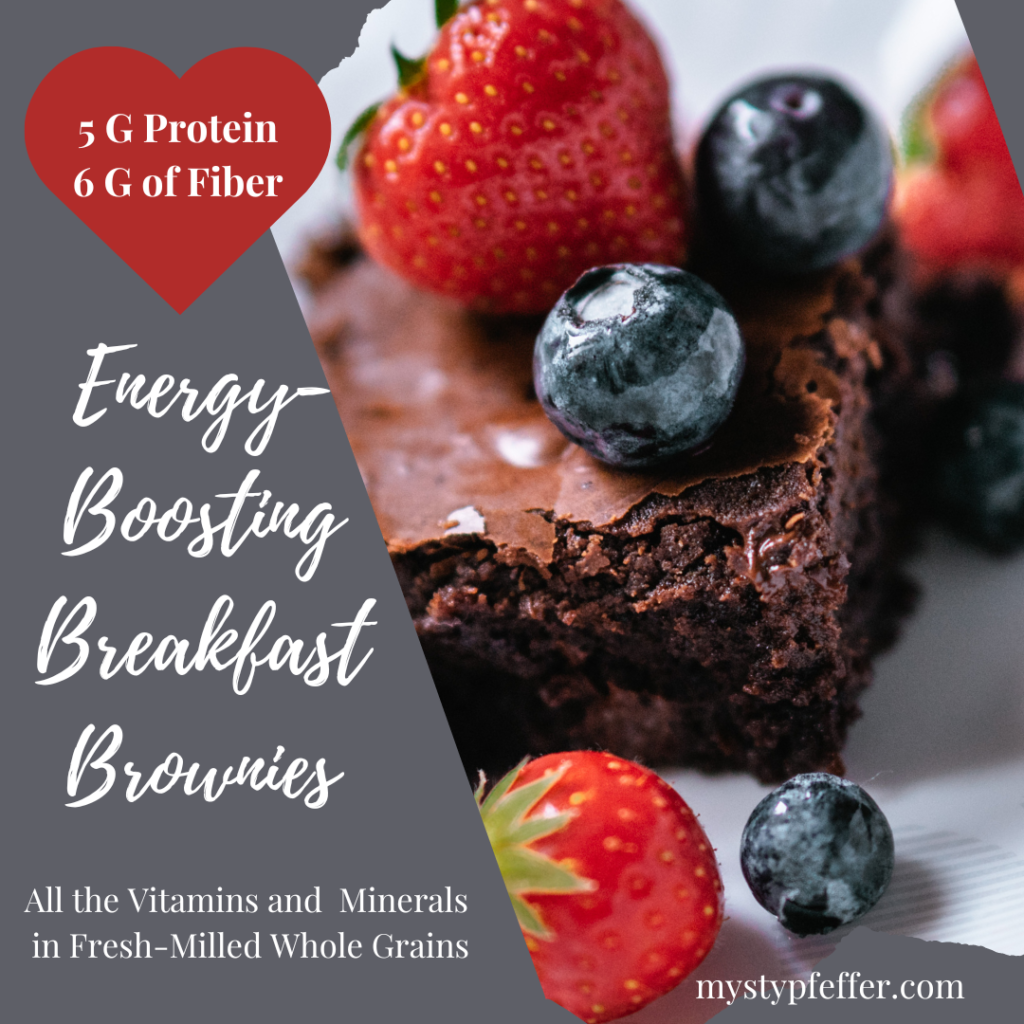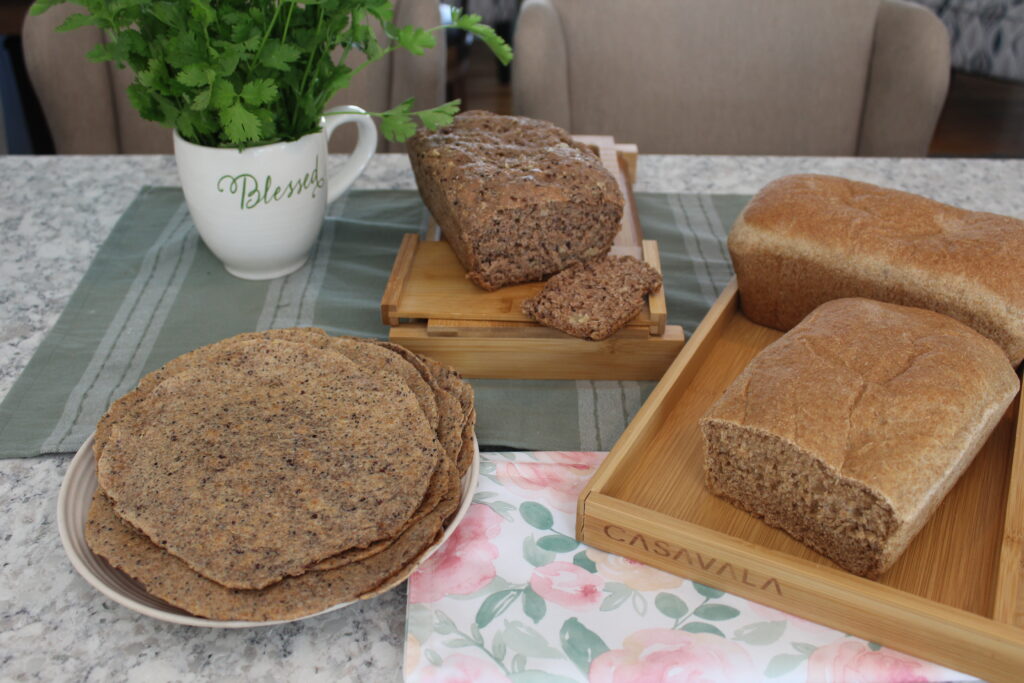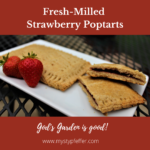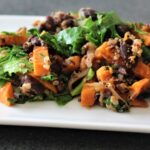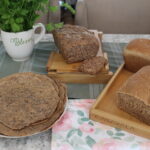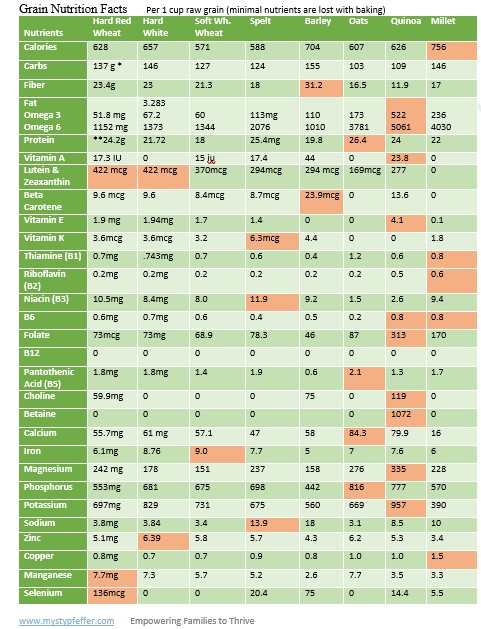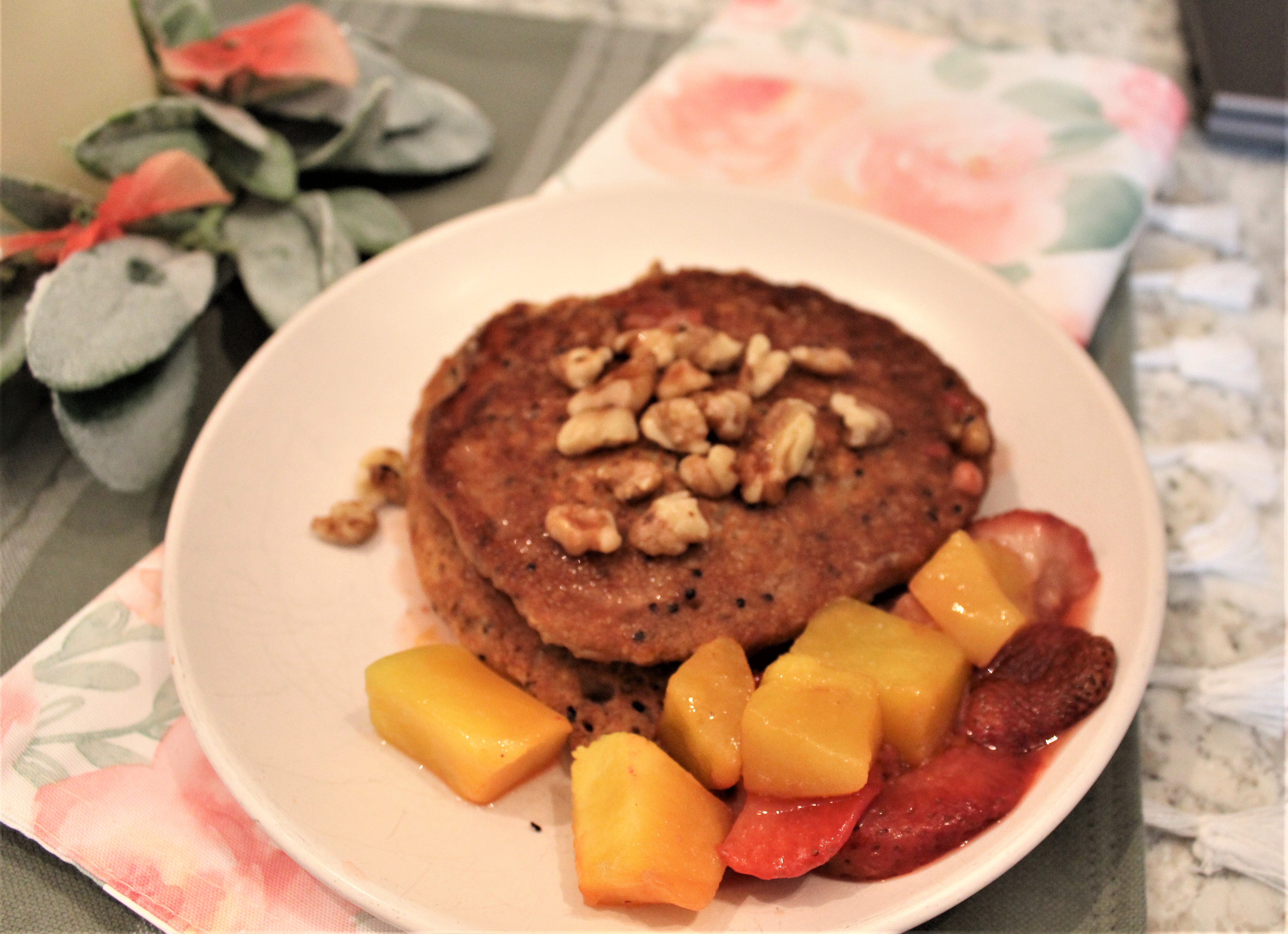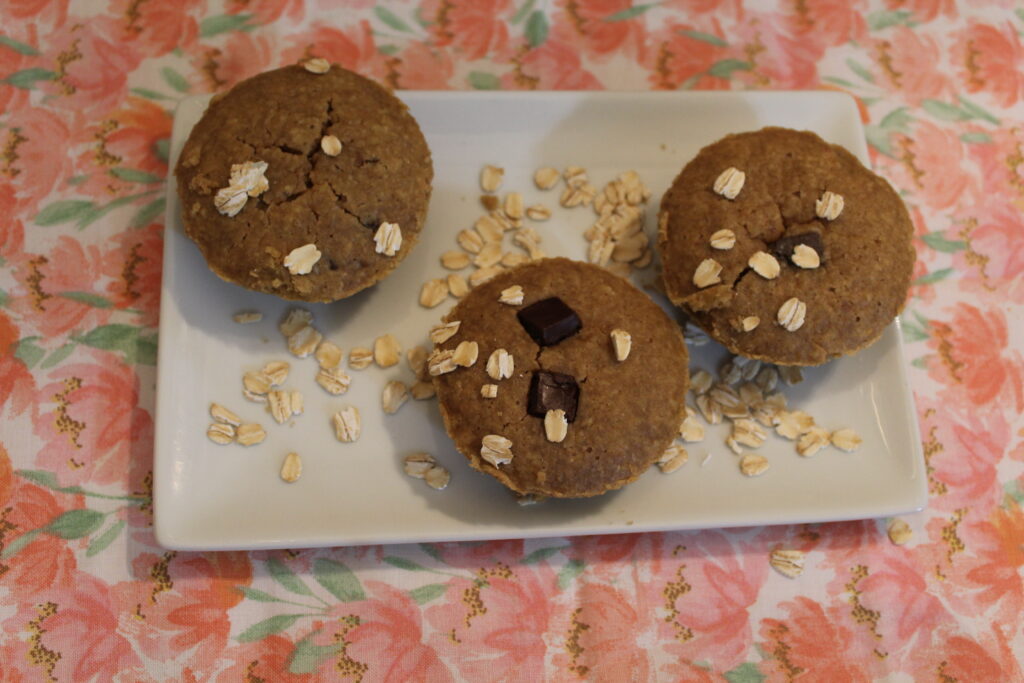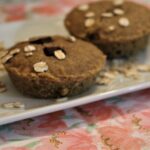Good Sleep Renews the Body & 3 Great Foods That Help

Sleep & Brain Health Starts in Youth
The wisdom of God’s Word is timeless in all areas of the mind and body. When I think of “eating the bread of anxious toil” in regard to rest and sleep, it makes me think of ruminating. Thoughts of a sour conversation, or words spoken carelessly by me or to me, replays over and over in my mind as I long for slumber.
You and I are to rest in Him, because He gives his beloved sleep. Anxious toil like that is not meant for us, or our children. We’ve all been through tough nights, alongside our kids, and all suffer for it. A recent study supports the relationship of good rest and brain health for our kids. The Lancet Child and Adolescent Health journal released new findings in July for sleep patterns and brain health in children, ages 9-10.
The study compared children getting nine hours of sleep or more per day to those getting less than nine hours and found those with less sleep have more behavioral problems. Stress, acting out, impulsivity and aggressiveness were noted, in addition to difficulty with memory, conflict solving, and learning. (1)
We see distracted behavior and memory difficulty in all age groups, don’t we?
Sleep Deprivation in Adults
- Weight Control—Difficulty recalling names, forgetting why we left the room, and where we are headed are common actions, we find ourselves doing. But do we think about how slumber even affects our weight and calorie intake? A National Institute of Health study compared adults who get six hours of sleep (the control group) to those who received sleep counseling and improved their rest 1.2 hours and found the group with less sleep consumed on average, 270 extra calories. (2) Over time, this number of calories would significantly affect weight loss if participants could get some much-needed rest!
- Physical Health—According to the National Institute of Health, a good quality night’s rest is necessary for repair of blood vessels, how our bodies react to insulin, our ability to fight infection, and it promotes growth hormone that allows us to heal and repair cells. (3)
- Mental Health—Studies show that insomnia and sleep disturbances affect 50% of people with anxiety. (4) Researchers are experimenting with tools to increase slow wave sleep to help alleviate this profound disorder. It is also thought that norepinephrine and serotonin systems are affected by increased REM (rapid eye movement-a lighter sleeping state) activity and contribute to depression as well. (5)

Habits for Renewing the Body with Sleep
A restful night is so important for our brain (and overall) health; it’s worth exploring how to renew the body with its many benefits. I’ve been sharing tips for improving it on my Facebook and Instagram platforms this week. Foods that help us get that night of peace, turning off electronic devices, Wi-Fi, and laying our stress before the Lord are some of the tips shared on those platforms.
- Tryptophan Containing Foods—The wonderful amino acid provided naturally by God has many benefits. Unlike its synthetic counterpart made by man that has side effects like belching, skin rashes, and cramping; the preformed tryptophan in food plays a major role in producing:
- 1. Serotonin–mood stabilizer
- 2. Melatonin–sleep stabilizer
- 3. Kynurenine (metabolite used to produce niacin)
- 4. Niacin– essential for brain and heart health.
Although more studies are necessary, there is potential benefit in eating fresh fruits and vegetables as opposed to junk food. Sugar saturated and refined carbohydrate intake is associated with poor resting patterns, but more so is the consumption of energy drinks. (6) Large amounts of alcohol also affect poor sleep patterns.
- B Vitamin Foods—B12 has been found to increase melatonin plasma concentrations to help train the light/dark wake cycles. So, foods highest in B12 naturally, are lamb liver and veal liver. Whole foods like clams, sardines, salmon, trout, beef, and eggs follow close behind. I have several beef and egg recipes on the Strengthen Your Heart Blog.
- Fatty Fish—-Although fatty fish increases vitamin D3 and omega 3 fatty acids, both of which are important for sleep regulation, there was not sufficient proof of improved sleep in one inmate study. Incorporating fish in a daily routine can be simple and easy with Fish Tacos.
- Kiwi-–This delicious fruit given to participants before bed showed improved total sleep time and sleep efficiency in one study. Study subjects also kept a diary and reported less episodes of awakening after onset of sleep. You and I can easily incorporate this fruit in our daily routines with easy recipes like Kiwi smoothies or on morning yogurt.
- Cherries–A two-week study of drinking eight ounces of tart cherry juice twice daily showed significant improvement in overall insomnia and waking after sleep onset. Another study of athletes showed two servings of 30 ml cherry juice increased circulating melatonin, and improved sleep duration and quality. (6) It’s anti-inflammatory properties may be helpful in aiding sleep, too!
I love how God offers simple solutions for our sleep wake cycle in the foods He created. His Word is truly uplifting too, when are looking for understanding. He is with us through our stress and concerns. I’m pretty sure that is why He tells us not to toil over anxious thoughts, but to rest, beloved!
I look forward to sharing more with you in the weeks to come! If you need further ideas or help making decisions on your path to wellness, just let me know! I serve individuals through workshops, classes, individual, family, and group coaching.
God bless you,
Mysty
References:
- Children’s sleep linked to brain development | National Institutes of Health (NIH)
- Getting sufficient sleep reduces calorie intake | National Institutes of Health (NIH)
- Sleep Deprivation and Deficiency – How Sleep Affects Your Health | NHLBI, NIH
- Sleep and anxiety: From mechanisms to interventions – PubMed (nih.gov)
Doherty R, Madigan S, Warrington G, Ellis J. Sleep and Nutrition Interactions: Implications for Athletes. Nutrients. 2019 Apr 11;11(4):822. doi: 10.3390/nu11040822. PMID: 30979048; PMCID: PMC6520871.
